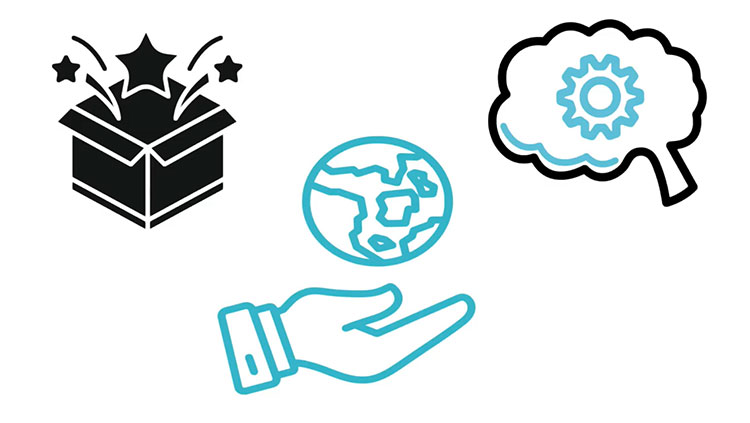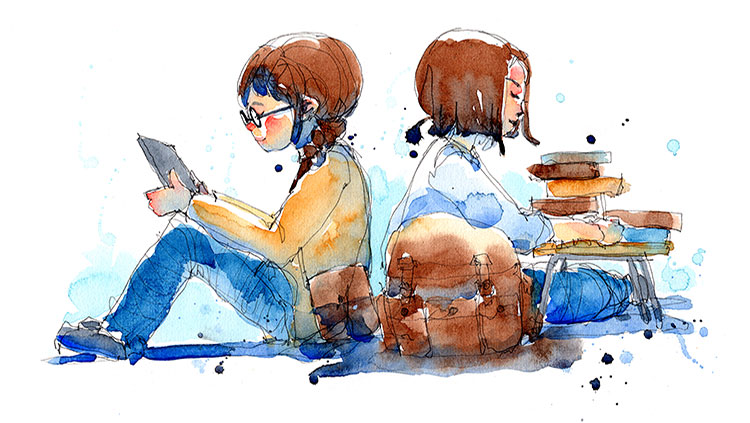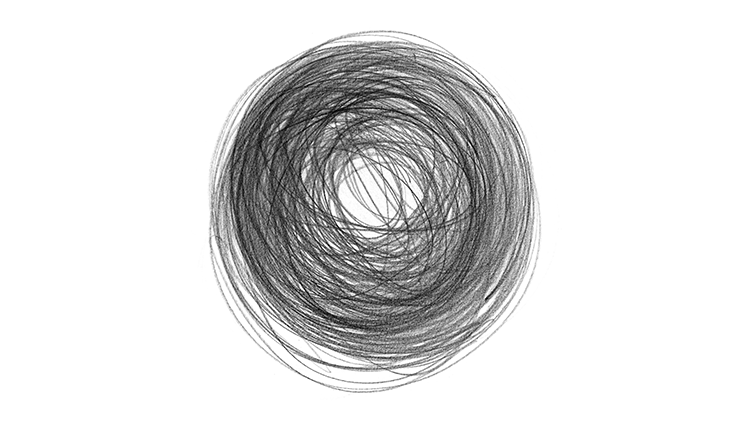Using Your Imagination to See Pictures in the Sky
- Published8 Oct 2025
- Source BrainFacts/SfN
Whether you’re envisioning shapes in the clouds or picturing a drawing in your mind, we’re all capable of being imaginative. But where does this mental visualization come together in the brain?
Storyboard and animation produced by Midnight Snacks for BrainFacts.
Scripting by Cyrenna Cooper.
Editorial Production by Cyrenna Cooper and Tristan Rivera.
Scientific Review by Anna Abraham.
CONTENT PROVIDED BY
BrainFacts/SfN
Transcript
[Music plays, birds chirp]
As you lie in the grass,
trying to make out different shapes in the passing clouds,
one cloud looks unquestionably like a rabbit.
But your buddy swears [quacks],
that same cloud looks like a duck.
But, why do you see different shapes?
There isn’t one part of the brain
assigning meaning to the images you see.
Instead, several brain regions
communicate to produce your creative interpretation — your imagination.
As you look at moving clouds,
your occipital lobe —
crucial for visual processing —
receives visual information,
helping you make out images in the sky.
Your hippocampus,
vital for learning and remembering,
helps you to interpret images from your memory.
While your amygdala, responsible for processing emotions,
connects those emotions to your memories.
Regions of your frontal lobe integrate information
coming from [zaps] these and other brain regions —
allowing us to perceive animals, objects, and faces in random images.
This ability, known as “pareidolia,” occurs
because our brains want to recognize patterns
and make meaning out of the things [screams] we see.
So, you imagine that rabbit in the clouds.
And your friend sees the duck.
We each see the world in different ways
based on our unique experiences, memories, and feelings.
So, we make different conclusions about our surroundings.
[Light splash, swoosh, light splashes]
[Music stops]
References
Cohut, M. (2017). How do the brains of intelligent people work? Medical News Today. https://www.medicalnewstoday.com/articles/320152
Comrie, A. E., Frank L. M., and Kay Kenneth. (2022). Imagination as a fundamental function of the hippocampus. Phil. Trans. R. Soc. B37720210336. http://doi.org/10.1098/rstb.2021.0336
Do You See What I See? IAM Lab Launches Investigation Into the Pareidolia Phenomenon. (n.d.). International Arts + Mind Lab (IAM Lab). The Center for Applied Neuroaesthetics. Johns Hopkins Medicine. https://www.artsandmindlab.org/pareidolia-research/
Pareidolia. (2023). Psychology Today. https://www.psychologytoday.com/us/basics/pareidolia
Wanjek, C. (2014). Imagination and Reality Look Different in the Brain. Live Science. https://www.livescience.com/49244-imagination-reality-brain-flow-direction.html
Ye, Q., Fidalgo, C., Byrne, P., Muñoz, L. E., Cant, J. S., & Lee, A. C. H. (2024). Using imagination and the contents of memory to create new scene and object representations: A functional MRI study. Neuropsychologia, 204, 109000. https://doi.org/10.1016/j.neuropsychologia.2024.109000
What to Read Next
Also In Thinking & Awareness
Trending
Popular articles on BrainFacts.org


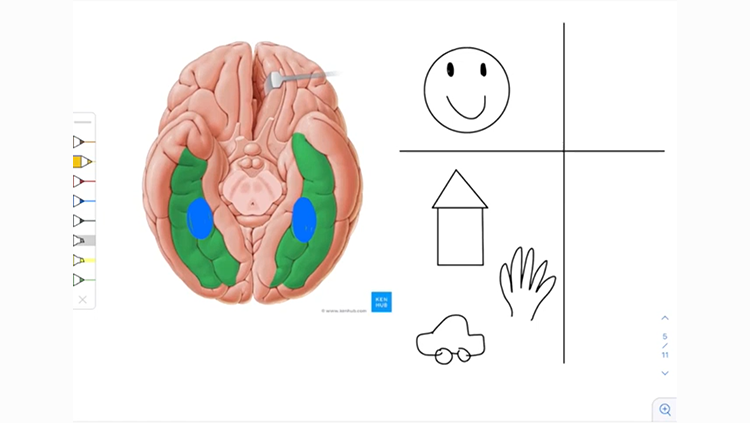

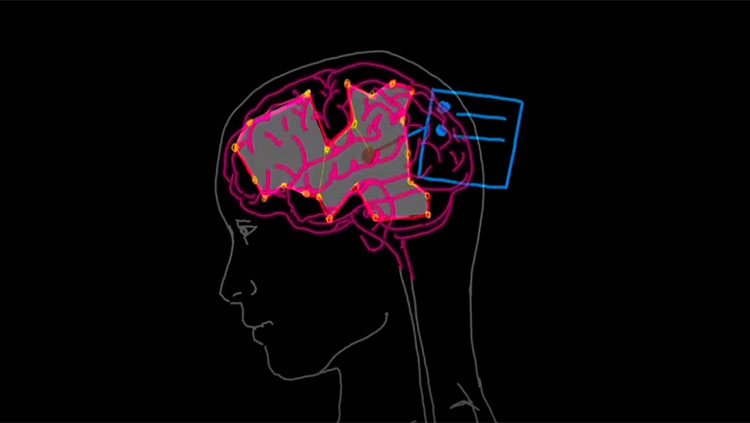
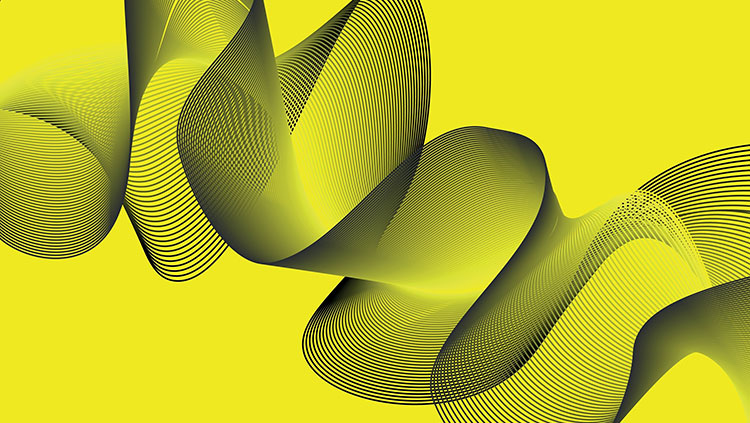
.jpg)
